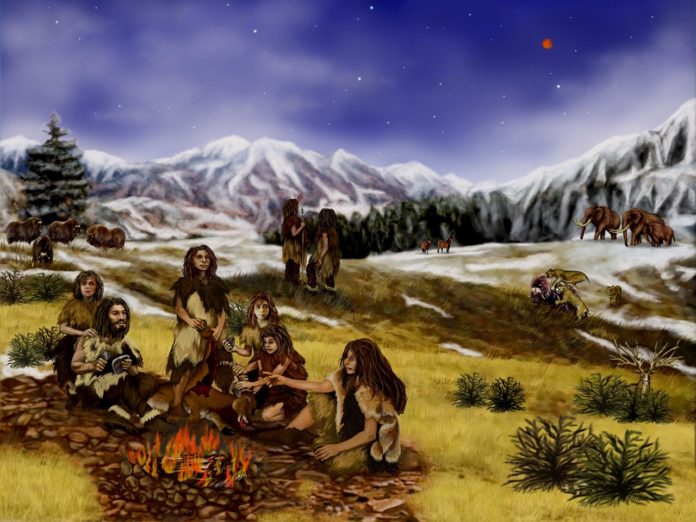Despite being some of our closest relatives, there is still much we do not know about Homo neanderthalensis — Neanderthals. We know they began life around 430,000 years ago and faded into extinction approximately 40,000 years ago, though one study found evidence of a Neanderthal community’s existence 28,000 years ago.
Novel scientific techniques have also shed some light onto their usage of early tools, medicinal plants, and jewelry, as well as their genetic identity. It may surprise some to find out that modern humans even carry some Neanderthal DNA with them to this day!
If these ancient cousins are more similar to us than we thought, then perhaps their lifestyles were more sophisticated than we think. Though we still haven’t uncovered any Neanderthal census or survey results, researchers are discovering some interesting new details about Neanderthal communities.
Bringing DNA to Life
A new study, co-authored by a researcher from the University of Toronto, used genetic data from 13 Neanderthal remains to better understand the social organization of their communities. The sheer number of these remains, found within ancient short-term hunting camps in mountains of Siberia, makes this one of the biggest investigations of Neanderthal genetics so far. Social organization was defined as the “size, sex composition, and spatiotemporal cohesion of a community.”
To extract DNA from the Neanderthal specimens, the researchers sampled both tooth and bone powder to generate single-stranded DNA libraries, from which they amplified mitochondrial and nuclear DNA.
Identifying the Neanderthals
To understand the nature of Neanderthal communities, the researchers examined the genetic relationships between the individuals. After randomly sampling alleles from the extracted DNA, the authors calculated the level of nuclear DNA divergence between the Neanderthals — the lower the divergence, the more related the individuals were. They discovered one father-daughter pair, as well as some close maternal relatives.
The individuals from the Chagyrskaya Cave were found to have low genetic divergence and low temporal differences, suggesting that all 11 members were part of one community. Further analyses showed that the communities from the two Siberian cave sites were genetically distinct from each other, though they were both part of the same Neanderthal population.
Community Characteristics
Next, the researchers examined the genetic homozygosity of the Neanderthals, or the presence of matching alleles passed down from both parents. They found that the Siberian communities possessed an amount of genetic homozygosity that was similar to modern mountain gorillas, whose small communities consist of 4 to 20 individuals.
Given the many differences between Neanderthals and mountain gorillas, the researchers ran varying simulations that used similar proportions of Y chromosomes and mitochondrial DNA. The scenario that best matched the Siberian cave remains consisted of communities of 20 individuals, with between 60 to 100% of the community’s females migrating from other communities.
This is a very illuminating discovery, as it not only reveals more details about individual Neanderthal communities, but also how those communities were linked and interacted with each other.
Unlike the perception that many have of Neanderthals being unintelligent and unsophisticated, this research suggests that our ancestral cousins may have lived much more complex and vibrant lives than previously thought. Though Neanderthals lived difficult and short lives in harsh conditions, they likely benefited from community and kinship just as we do today.








































